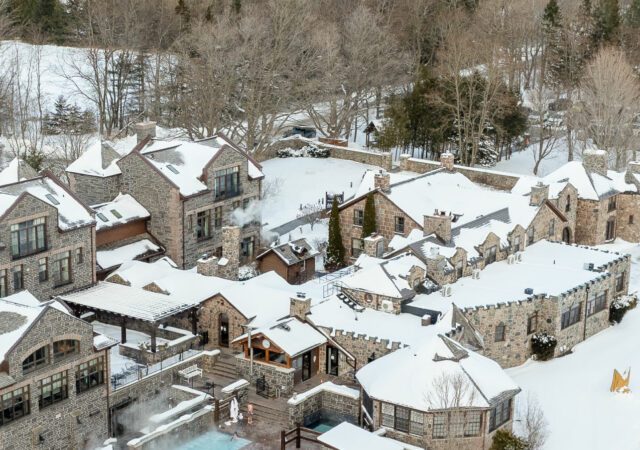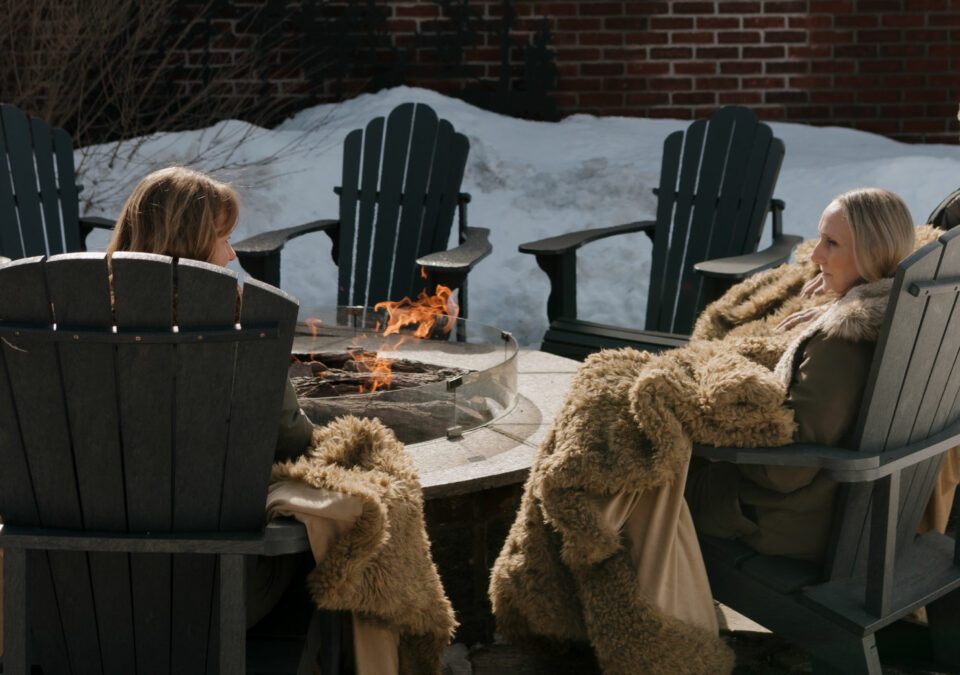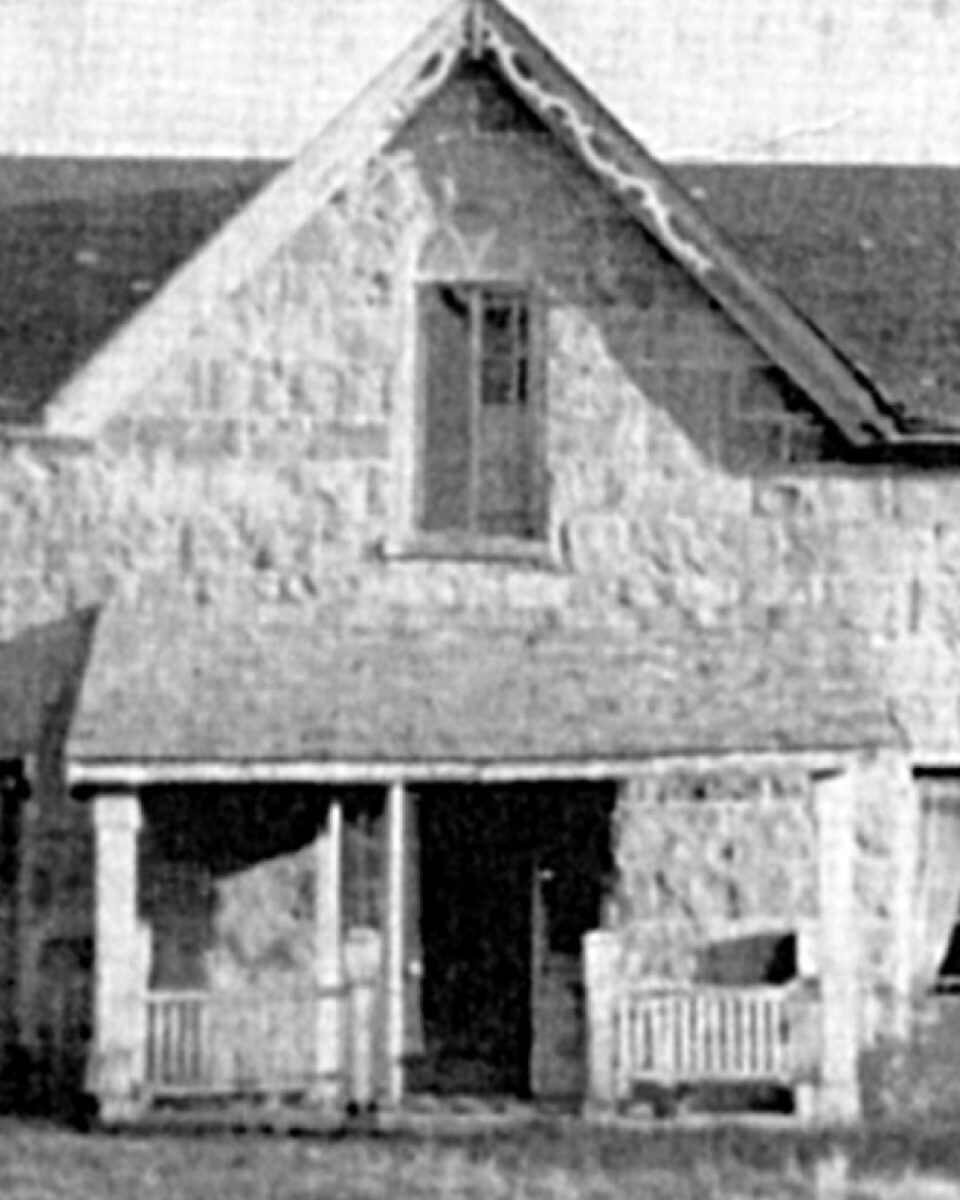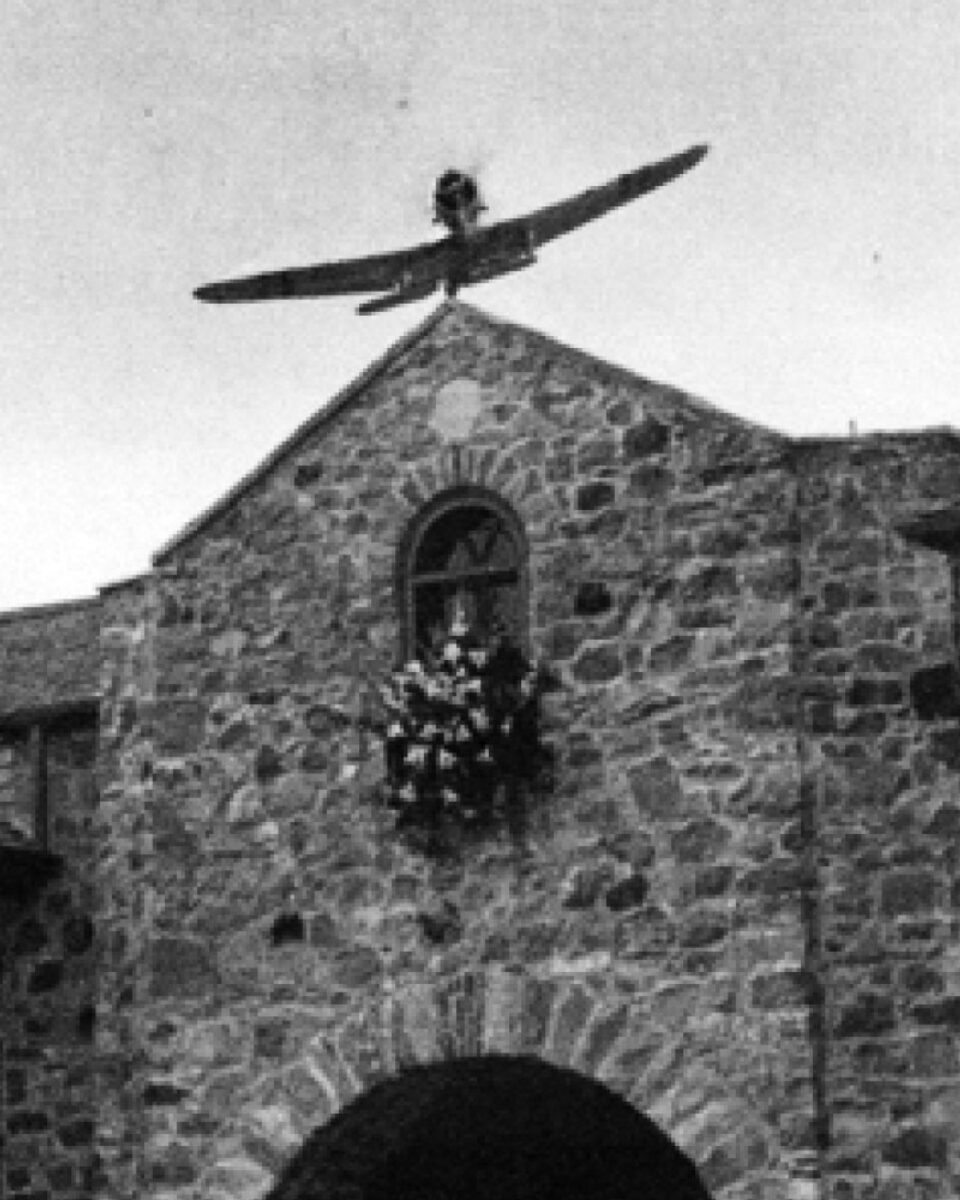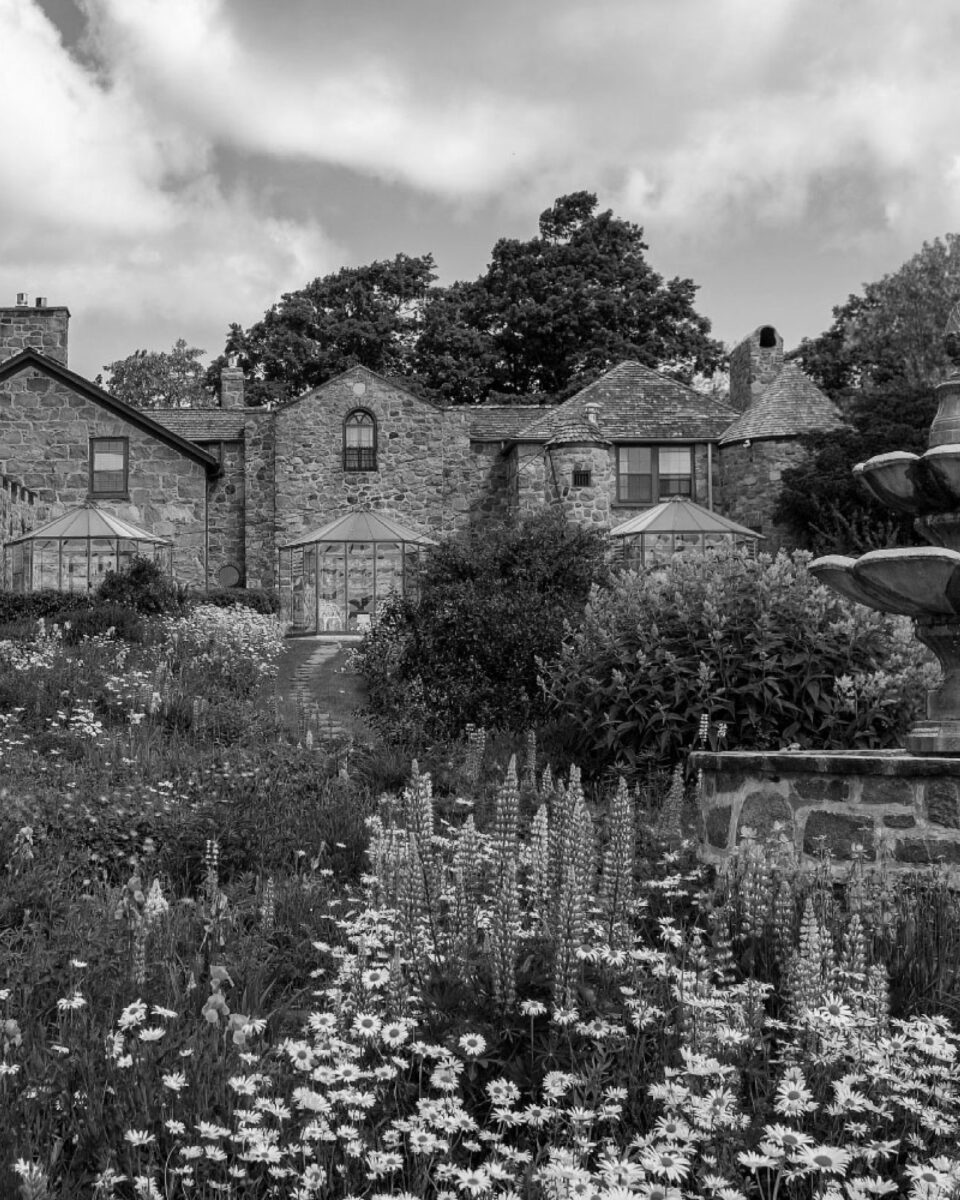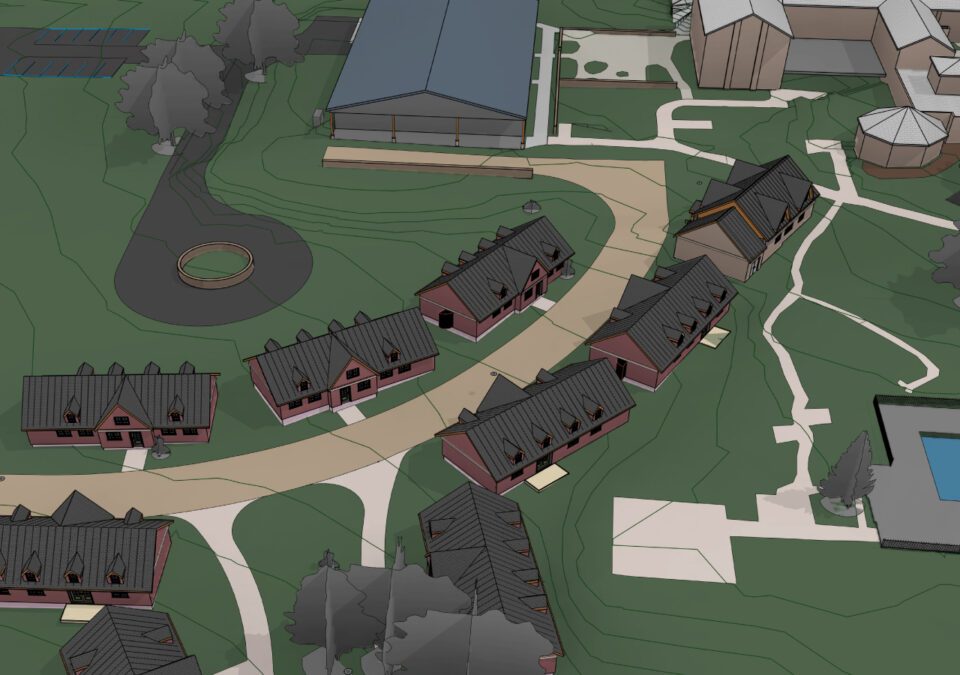The Jayne & Keeler Families
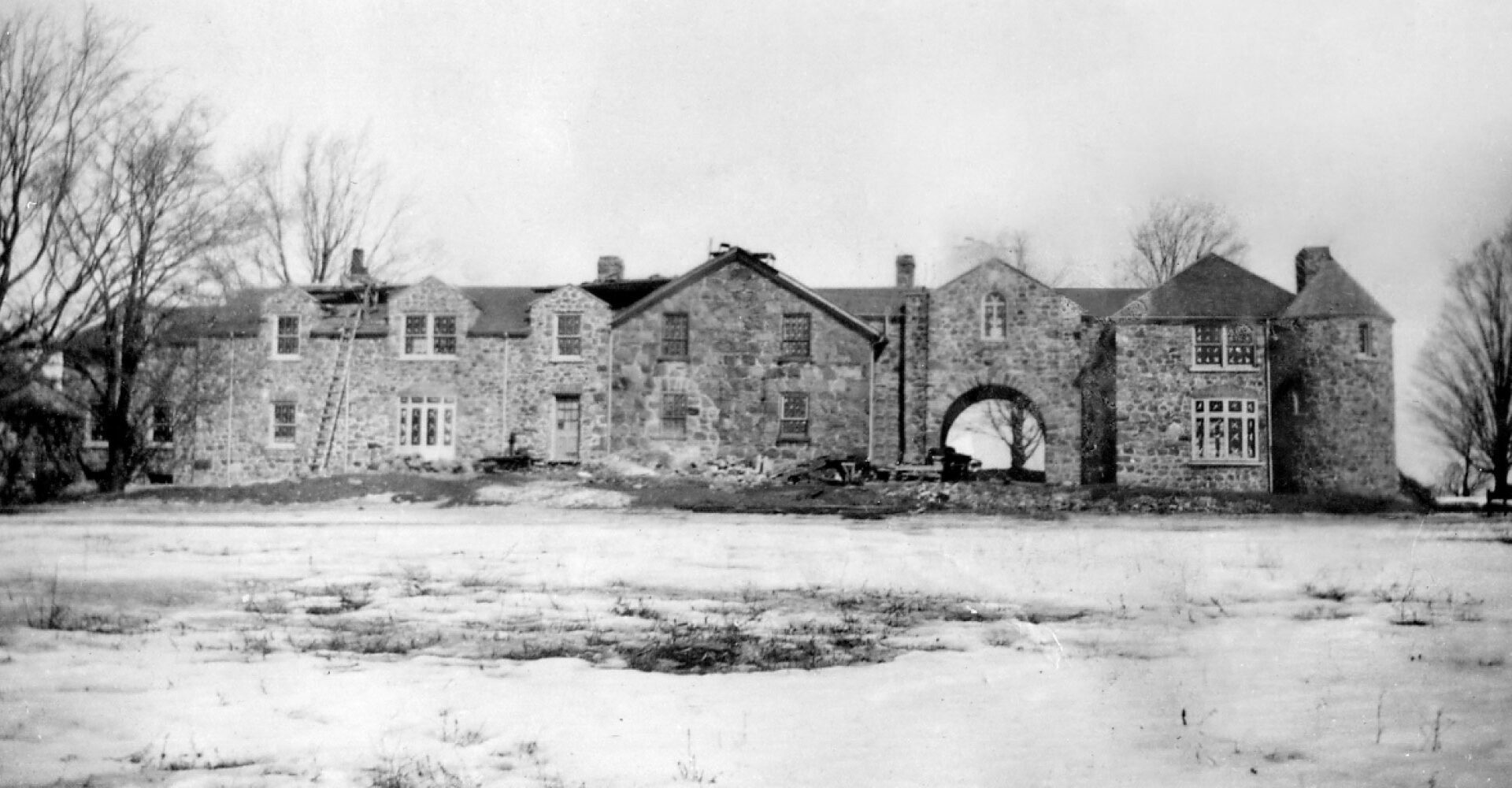
Simon L. Jayne was born in 1872, a descendant of United Empire Loyalists who had come to Upper Canada almost a century before. His father, David Jayne, owned a farm at Lot 29 and 30 on the second concession. Although Simon signed his name as Jayne, the surname is shown as Jaynes on some documents. His relatives still living in this area now have the surname Jaynes.
In 1901, Simon bought the land that had been Edward Massey’s property. About this same time, he married Nora L. Tinney who was twenty years his junior. He built a red-brick farmhouse near the road on the west half of Lot 23. The wooden addition, to the rear of the house, has old hand-hewn timbers and may have been built with materials salvaged from Edward Massey’s former house. In 1907, it was Simon Jayne who bought Sunnyside and its 75 acres from Samuel’s daughters. From all reports, Simon and Nora lived in the redbrick farmhouse. There is no record of who lived at Sunnyside during the years it belonged to Simon Jayne, although Elizabeth Massey may have lived there for some of the time.
Twin sons were born to Simon and Nora in 1911. They died as infants. The Jaynes had no other children.
Simon sold the west portion of his land to Ernest Joice in 1917. At that time, Simon bought land on the Danforth Road, east of Cobourg. Simon and Nora lived there until Nora’s death in 1935. Simon then moved back to his family’s home, where he lived with his bachelor brother, Norman, and his unmarried sisters, Laura and Mary.
Simon had sold Sunnyside to William Keeler in 1919.
William Keeler was also a descendant of United Empire Loyalists, some of the earliest to settle in this area. He bought Sunnyside in 1919 and he and his wife, Elizabeth, farmed there for several years.
The Keeler family were devout members of their church and often provided room and board for young Baptist ministers-in-training who were serving temporarily in area churches. One of the Keelers’ sons, Alvin, became a Baptist minister.
Their other son, Bill, lived with his parents and helped his father operate the farm. Bill and his wife, Fern, converted the front two rooms on the east side of the main floor into an apartment for themselves and their daughter, Barbara. Electricity became available in Grafton in 1925, but farms outside the village did not have eletrical services until much later.
In 1929, the stock market crash started a depression that inflicted hardships on everyone. Farmers could, at least, grow food for survival, but selling crops to raise cash for mortgage payments or taxes was hardly possible. The situation became so desperate for so many that, in 1934, the municipality adopted a policy which allowed taxpayers to trade labour on road work for up to one third of their property tax bill.
By 1939, faltering farms and family businesses were still struggling to recover as the Great Depression was ending and the Second World War was beginning.


